
Beijing Olympic Village
We’re back to China on this TBT during what was simpler times, in retrospect.
Sam and I got to attend the 2008 Beijing Olympics and witness many eye-popping sights (and sounds and smells). This TBT was originally penned during that period of exploration.
Some of this piece seems a bit quaint, but that was then, and this is now and the world has gone a little sideways. But, fortunately, as we pass through these challenging times, none of our exuberance has dissipated and all of our spirit remains.
In the time since, we’ve made some progress with our enterprise. However our perspective is not much changed—at least as far as what we think is possible.
Be well, until we meet again.
A Schema for China Business Development (circa 2008)
Mike Violette

The paralysis starts in the knees. After flying ten or twelve hours, stasis sets in and you wonder if you’re going to be able to stand when the plane lands. The guy in the middle seat smells like stale corn chips and by the third time ‘round watching the Hollywood’s box office busts you’re close to tears. Any distraction will do. Most of the international flights have a little airplane icon that “flies” above the globe. You mark each increment towards the international date line which shoots you ahead a day…another 50 miles closer.
Sitting in coach is for the birds, but if you’re starting a business in China on a shoestring, it’s the only way to fly. Landing is a blessed relief and the adrenaline starts pumping flexibility into stiff joints.
“Going international” means more than picking a spot on the compass and heading in that direction. It requires a curiosity about the country, its culture and customs. Recognizing that entire volumes have been written about developing business in China, this article bears witness to some of our experiences, examining some of the rationale and allure of developing business in China. It outlines the four basic steps that we took to get our modest entity up-and-running; steps five through one thousand are still to be taken.
The cool thing about Asia in general and China in particular is that the rules aren’t exactly all written yet, so it’s like a jigsaw puzzle, but a lot of the pieces are blank. Sure, business in the EU is more transparent and ordered (not to say that it isn’t a challenge), but for some it breeds a certain ennui: it’s all been done before.
Compared to the highly ordered and stable business in the West, the chaos and confusion of the China and the developing nations of SE Asia is a thrill-a-minute. Consider a trip to Disneyland versus a visit to a local traveling carnival. If you make your way to the front of the line for Space Mountain at Disneyland, you’ll get the expected experience, buckled up and designed to excite but not scare. But you never know if the itinerant carneys who put the “Tilt-a-Whirl” together might have missed tightening a few critical bolts. But you hop on anyway…
This article discusses some of the steps (skipping the missteps) taken to pull together enough critical mass to get a sustainable activity going there. We’ve encountered all the classic issues: language, culture, business expectations, low margins, financial, currency and regulatory issues. It’s been a bit of a moving target, which makes it interesting. There are many paths to China, of course; this is just one of a million. Our story, however, shares a commonality of experience with many US businesses doing business with the most populous and fastest-growing country in the world.
Getting to know China: Step 1
Step by Step “Yi bu yi bu”
Airplane Rides First, plan on loads of plane time and the first necessary (and it seemingly self-evident) step is simply getting on the plane and going…lots of times. Great for the frequent flyer account, but tough on the knees. And be prepared to host and be hosted plenty of times at banquets and dinners; it’s a palate-expanding exercise, one might say.
“What do you call that?”
“Hmm, a creature that cannot fly? Yeah, I’ll try some.”
“Please pass the sea cucumber salad.”
“No. No turtle for me. Thank you.”
Going it alone is probably the most challenging aspect of traveling, especially in the big cities; although there is a fair amount of English in most of the western hotels, it is not something that you need to rely on. Repeated trips allow one to open up a network of connections that can facilitate local logistics, figure out where the heck the hotel is and make meetings happen.
Travel Tip: Take a card from the hotel before you hop in a taxi so you can find your way back.
We’ve never officially used interpreters, rather relying on the local contacts that we have made. This is really part of growing the knowledge-base, too as setting up contacts, and returning to them shortens the learning curve and allows continuity between visits. It’s really all about building a little “guan xi”.
Guanxi Much is written about the elements of “guan xi” in China business. It’s really no different than here, though. What is it? Roughly, relationships, connections, networks, friends. Not much different than the West, really. Most folks do business with people they know and like. And you can’t get guan xi without going there and tossing back a few “pi jiu”s with the people you want to make a connection with.
There is a darker side to guan xi, which manifests itself in our society, too. The oft-negative connotation means “good old boys” clubs, wherein it is difficult to break in if you’re on the outside.
Language It would be wonderful if you learn a little bit of Chinese. You’ll get a lot of smiles from the simple “Ni Hao.”
Necessary? Not really; English is one of the fastest-growing foreign languages in China.
Travel Tip: Some common necessities of the Chinese language:
Ni Hao (Knee-how): Hello?
Wo jiao name (Woe jee-ow name): My name is ______
Pi jiu (pea-joe): Beer
Xie xie (shay-shay); Thank you!
There. Two thousand more words to semi-fluency.
History A little history puts some of the mystery of the Chinese system into perspective.
Consider that—since 1900—China has had no less than five economic and power structures in place
- Failing days of the Qing Empire and the sting of colonial influence
- Sun Yat-sen’s republican government
- The Japanese occupation & WWI
- Civil War between the Communist and the Nationalists
- Mao Ze Dong’s “innovative” programs that left millions dead of starvation).
With this in mind, it is stunning to observe the rate of development in the markets and in the systems supporting the markets over the past thirty years. For example, at the end of Mao’s reign, the country had no real legal system; all decisions under the Communists arbitrarily benefited the Party.
The transition to market-based governance started when Deng Xiao Peng broke with Mao’s brand of (disastrous) socio-economic engineering after Mao’s death in 1976. Invoking a Sichuan proverb Deng pronounced, “No matter if it is a white cat or a black cat; as long as it can catch mice, it is a good cat.” That is, the old way didn’t work, we need to find something that will. With that change in thinking, a new phase of China’s economy (and ultimately social structure) began to emerge.
The new cat that Deng unleashed needed new ideas to make the country stronger, starting with experiments in managed capitalism in Special Economic Zones (SEZs) in the southern part of China. These zones offered special tax and tariff treatment to firms that started operations there. They’ve been so successful that many of these tax holidays and other incentives are being allowed to expire.
Recognizing that there are still many internal and external issues and challenges facing businesses in China, she has never been more open and available. For instance, early on it was necessary to have a joint venture with a majority local partner. This caused innumerable companies problems as the partners turned out to be less than ideal.
Establishing China Operations: Step 2
Bridge through Taiwan
It is not necessary to plunge right into China, particularly if you want to examine, explore and get a little bit of footing first. Many companies have gone directly in, of course, and many companies have been very successful. Others: not so much. With a lot of funding and resources, one can probably gain/buy/ensure the trust structure and implant one into the market in a big way; witness Nokia, WalMart, Carrefour and other international corporate giants. We, on the other hand, did not have the benefit of a big balance sheet, so we took a tack through friendly Formosa, or Taiwan.
The benefits of a Taiwan-based Asian entry are numerous. First, Taiwan is very business friendly, with a sophisticated regulatory structure, modern amenities, a beautifully-functioning economy and a long-standing and mutually-beneficial relationship with the United States (the US military provided a shield and protections from a potential invasion of the island during the bad old Cold War days). Complementing these strengths is the Chinese cultural connections. When Chiang Kai-Shek took the Guomingdong (nationalists) across the Taiwan Straights in 1949, he brought a few million of his closest friends. The second generation of these individuals (mostly Han Chinese—the most populous single ethnic concentration) are now actively engaged in investment and operations on the Chinese Mainland. Our approach was to establish operations in Taipei first, then, using that as a jumping-off point, sampling the Chinese Mainland possibilities.
Taiwan is an interesting case study to understand trends in China. The “Taiwan Miracle” was fueled by the Intel Microprocessor and the “IBM-Compatible” personal computer. Until the mid-1980s and the advent of the PC, Taiwan’s technology base was focused on machine tools and “lower technology” products. As her technology improved and focus was placed on the development of world-class engineering, the shift in production eventually started moving to the PRC such that by the early 2000s, it was evident that R&D was one of the strongest facets of Taiwan’s economy and mass-market production of consumer products (mostly) went to Southern China’s Pearl River Delta area.
Now, Taiwan’s technology is moving towards the development of sophisticated industrial equipment and away from consumer products (although still an important sector). China, on the other hand, is now in the thick of development of world-class consumer products. Witness the emergence of Chinese brands in US stores (Haier).
Hence, it is instructional to view Taiwan’s experience as a crucible of change and evolution, one that China is following (at least in our little corner of the sphere).
Establishing China Operations: Step 3
Hong Kong as a Foundation
After getting operations underway in Taiwan, it was time to develop a plan for China. We first began with getting to know a handful of trusted individuals who gave us a good footing. We basically set these folks up as representatives for our operation an allowed us to develop a network of customers and resources. As the operation matured, it was obvious that a real live China company would be necessary. We skipped the registered office step and decided to go directly with a WFOE. The question of structure arose: did we want to have a direct company in China? When we did our analysis, it was obvious that we would be best-served by opening a Hong Kong company first. We looked at Hong Kong for a variety of reasons and not just because of the cool restaurants and availability of custom suits, knock-off watches and Hong Kong Disney. Hong Kong is situated equidistant between Singapore and Beijing. Drawing a circle through those great cities with Hong Kong in the middle traces an envelope that includes almost half of the population of the planet.
There are obvious benefits to setting up shop in Hong Kong. From there, the China company was set up as a subsidiary to the Hong Kong company. Hong Kong’s legal and regulatory system is based on British law, naturally enough, and the Chinese recognized that there was no way to scrap this and implant Chinese law when they reassumed sovereignty over the area in 1997. First, the system was working well for a century or more. Second, the Chinese legal system was still in its infancy. Third, the Chinese recognize that Hong Kong provides bedrock for business foundation seeking to develop China as a market and as a sourcing partner.
Through measured steps, managing the transition of Hong Kong back to the British, China maintained a steady focus on the future of HK and recognized its importance in transitioning to “One Country-Two Systems.” The same was done with Macau (the first and last European Colony), which was ceded to the Portuguese and returned to China in 1999.
So, in all this froth—the end-result which businesses can now enjoy—is a Hong Kong that offers the following benefits for organizations that want to make money in China:
- A strong local market of 7 million people with a per capita GDP of $30K. Twenty million visitors per year. Shopping! Tailored suits! Disneyland!
- Coordination center for China for sourcing from China.
- Springboard for WFOE formation in China. Having a HK company own a WFOE in the PRC gives certain tangible benefits and protections as corporate transactions are performed under HK rule.
- Hong Kong is the center of East Asia and is an entry point for the region.
Establishing China Operations: Step 4
What Kind of China Entity?
By either taking an incremental approach through Taiwan or Hong Kong or going directly into China, there are numerous ways to put down stakes. These, too, can take an incremental approach.
The first is an informal arrangement with a trusted presence (see “Guanxi” above). This arrangement can carry a high degree of risk, depending on the nature of your activities and if there is any intellectual property (IP) involved. IP in China is a well-known problem and, although China has some of the most-strict (and, on paper, Draconian—including the death penalty) measures to deal with IP theft, enforcement is another matter. Things are improving on this score, as China continues to open her processes in accordance with the requirements for being part of the World Trade Organization, which mandates that regulatory and trade practices meet international standards.
There are a variety of strategies to deal with this, for example, placing US expatriates in key positions is one way to ameliorate the situation. This, however, can be an expensive proposition. Figure on doubling the cost of an US-based employee to provide housing, schooling, return trips to the US, shipping of household goods, etc. Then, once on the ground, the situation gets complicated quickly as the worker (and possibly his or her family) have to deal with localization (cultural and familiarity), schooling in English, navigating the bureaucracy. It can, however be a rich experience and, depending on the location of the office, there are plenty of western amenities to be had (depending on the area; parts of Shanghai, for example resemble any major city in the world—but on a huge scale).
The steps that a foreign company can take are fairly discrete and are, compared with 10 years ago, more open and make much more sense.
As an initial step, one might consider setting up a Representative Office. This can be a formal or informal arrangement with an individual or company in China. A representative can market and represent your product or service, but is not allowed to sign contracts or collect money. This, however, is not a bad way to start until the viability of the business is established.
Still, there are nitty-gritty problems that continue to pester our operations. For example, the arcane banking system makes you rethink cash flow. Presently, because the Chinese central government chooses it to be this way, the transfer of money out of the country must have approval of the government. Hence, normal 30 or 45 day receivables cycles get extended for quite a measure longer. This problem is solved by invoicing in RMB (renmibi—”peoples money”) and collecting the cash locally, but to issue an RMB invoice requires a legal presence or Wholly-Foreign Owned Enterprise (or WFOE).
The next-highest form of formal operations is the establishment of a Registered Office. This is a formal arrangement and requires a business license. However, it is still not possible to issue invoices in RMB; however, it also does not require much in the way of foreign direct investment (FDI) or capitalization. If your organization can invoice in dollars and wire transfer fees and receivable delays don’t hinder your operation, a Registered Office might be all that is necessary.
The establishment of a Wholly Foreign-Owned Enterprise (WFOE “woo fee”) is the ultimate objective for long-term engagement. For most industries (and more are being added as the WTO obligations are increasingly met), 100% foreign ownership is allowed. Some industries, including banking and product certification, are some of the last dominoes to topple. To get a WFOE going, bring money. Whereas in the US, an individual can start a company with $1 of capitalization, the requirements for setting up shop in China are quite different.
One goal of Chinese policy makers is to bring cash into the country. One effective way to do this is to require foreign companies to invest minimum amount of cash to fund operations (registered capital), which makes sense; this limits the number of new companies to those that are serious about establishing a long-term presence there. The amount depends on the type of company and where the company will be operating. For example, Beijing or Shanghai are fairly expensive places to do business compare to, for example, Chengdu. The amount of investment should reflect the local business realities. Registered capital can be used for business operations and is intended to be so and is for ordinary operations, start-up expenses and may include cash or real property (machinery, furniture and fixtures).
The lowest point-of-entry for a WFOE is a service-oriented business that does not require physical capital (like machinery and equipment). The highest levels of investment are manufacturers and retailers. To bring in machinery, the investor is also required to pay import duty, further increasing the upfront cash requirement.
We’re going to start at Step 1.
Steps 5+
As of 2020…ongoing
Photos: 2008 Beijing Olympics
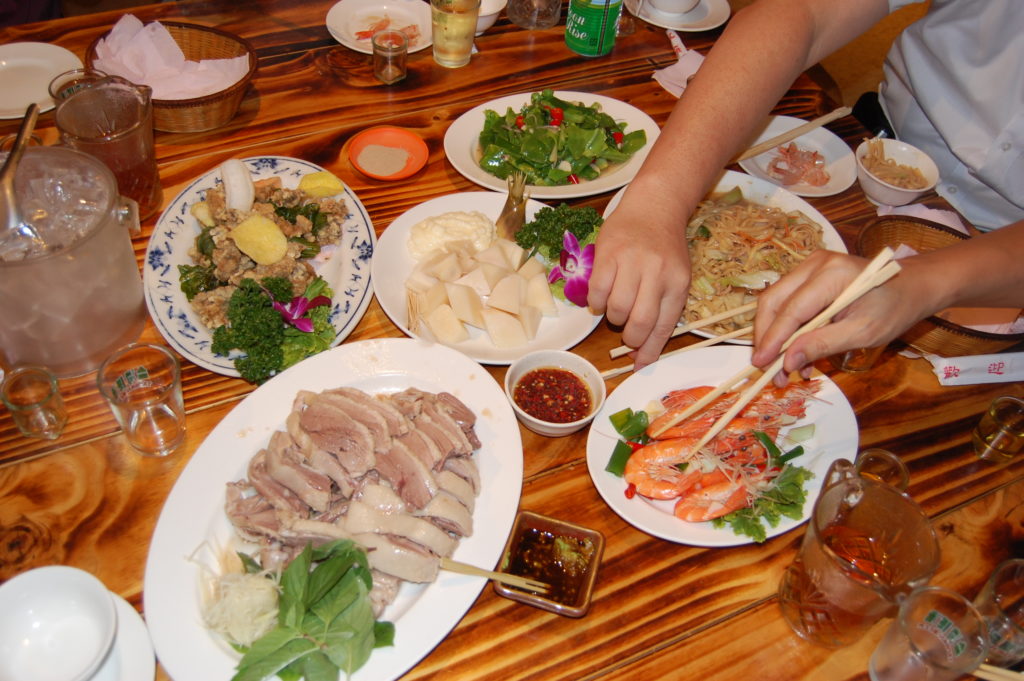
Food-Beijing Style 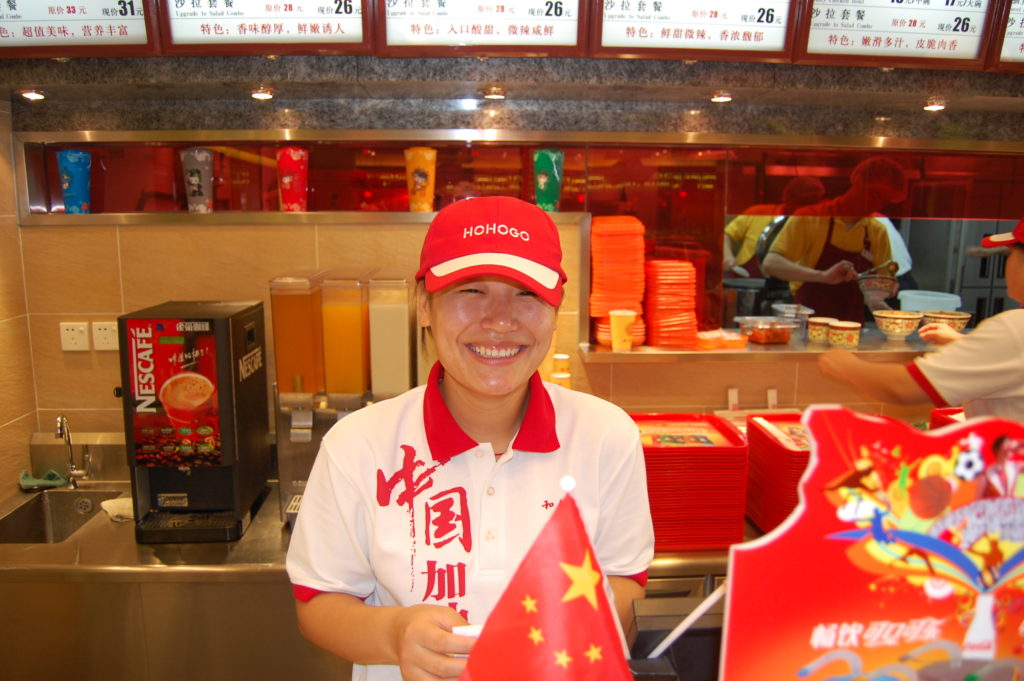
Ho Ho Go Happy Fast Food 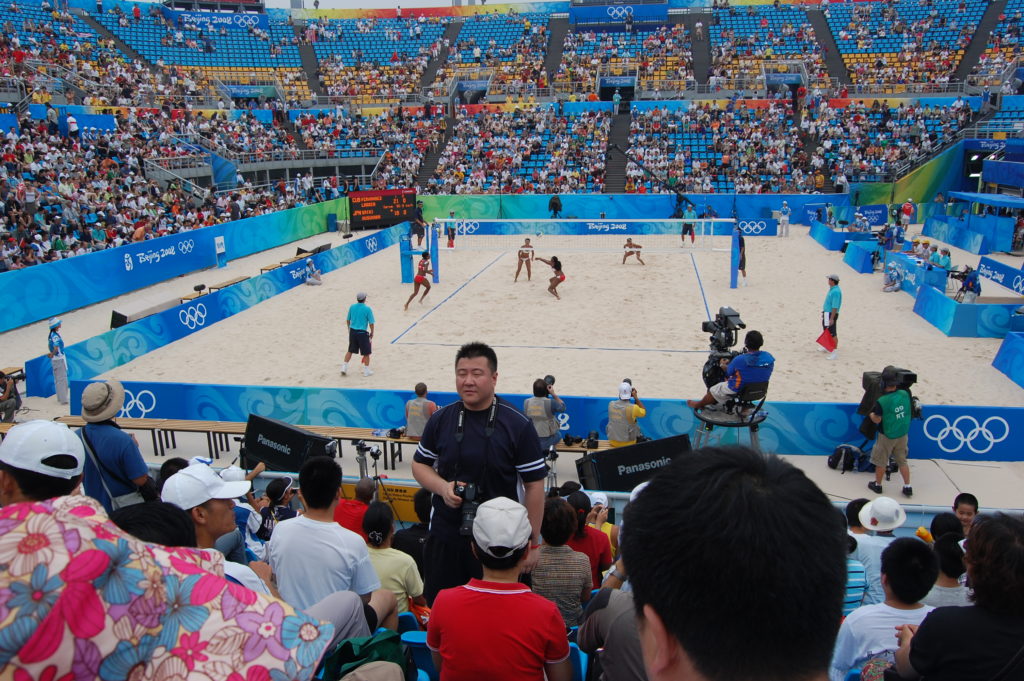
Olympic Volleyball 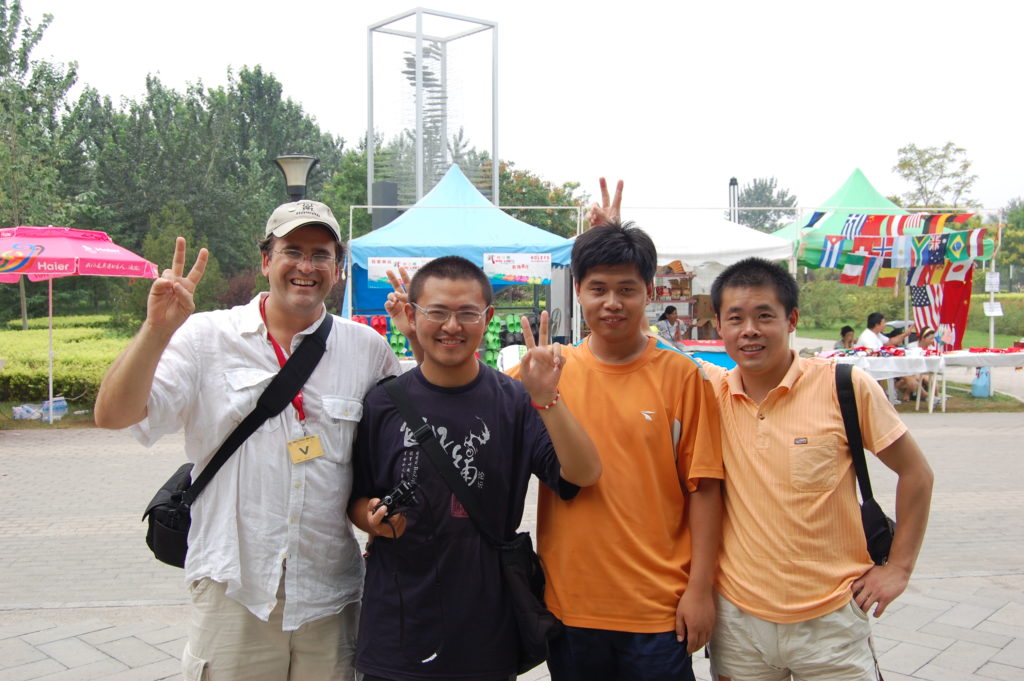
Peace 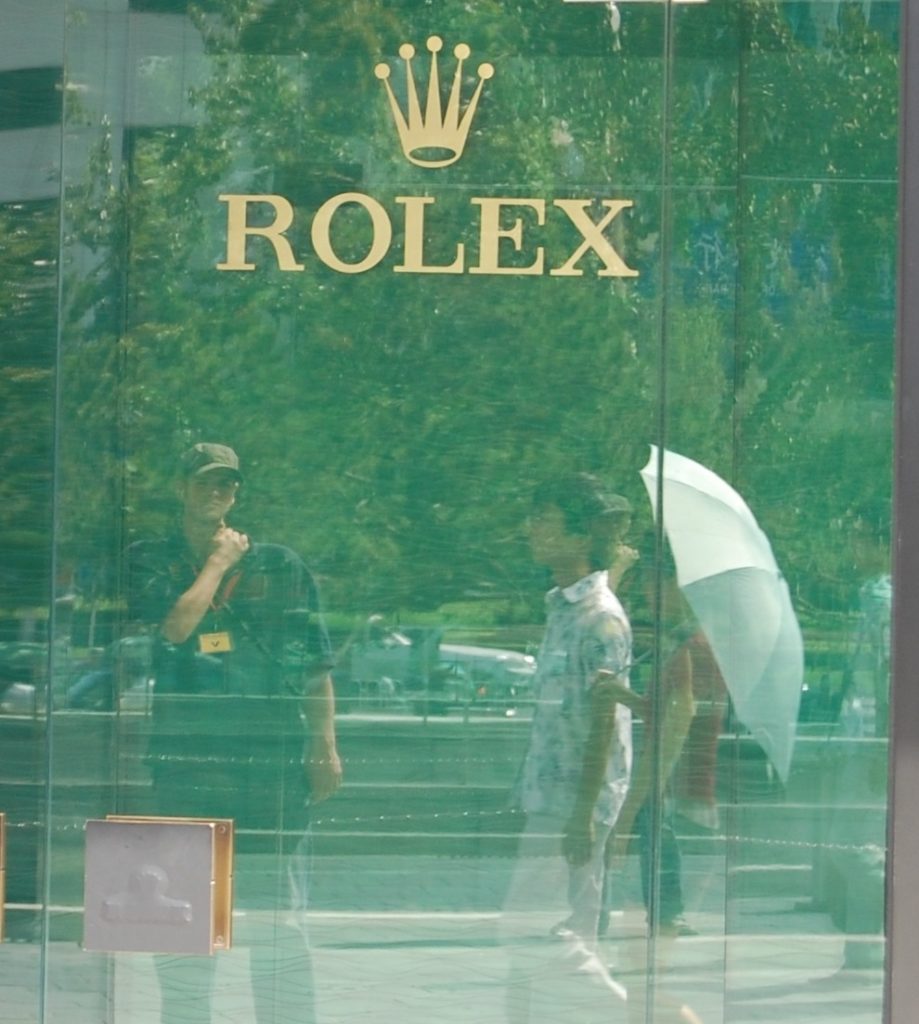
Rolex Beijing 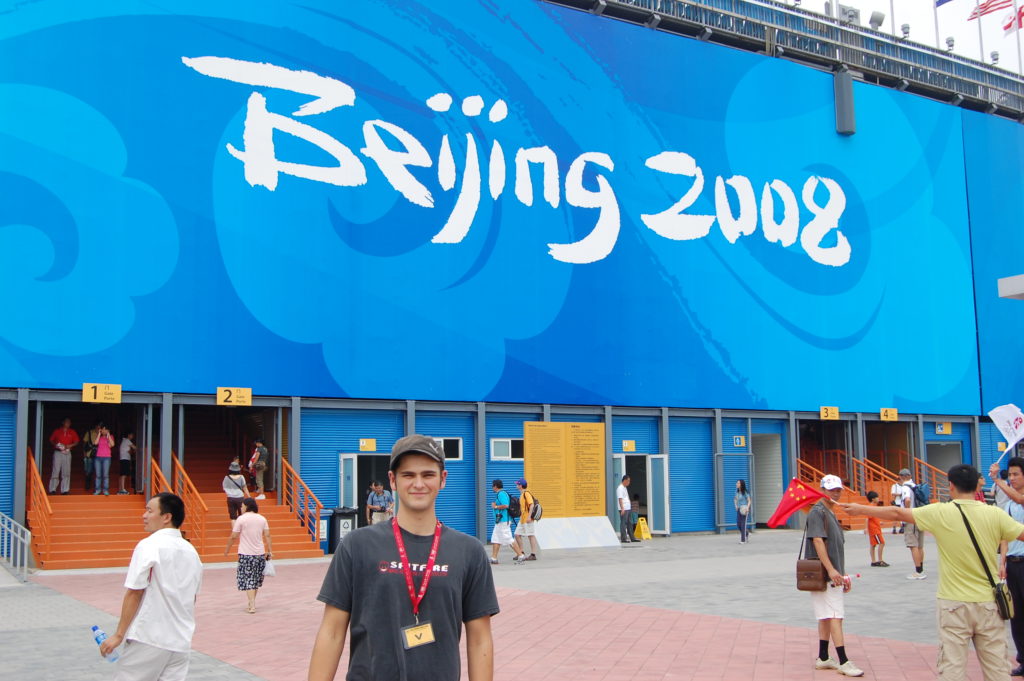
Sam
Beijing ca 2008
Volleyball nut 
Beijing Olympic Village


